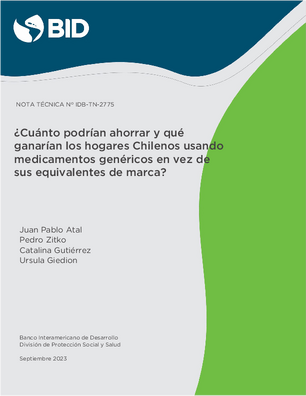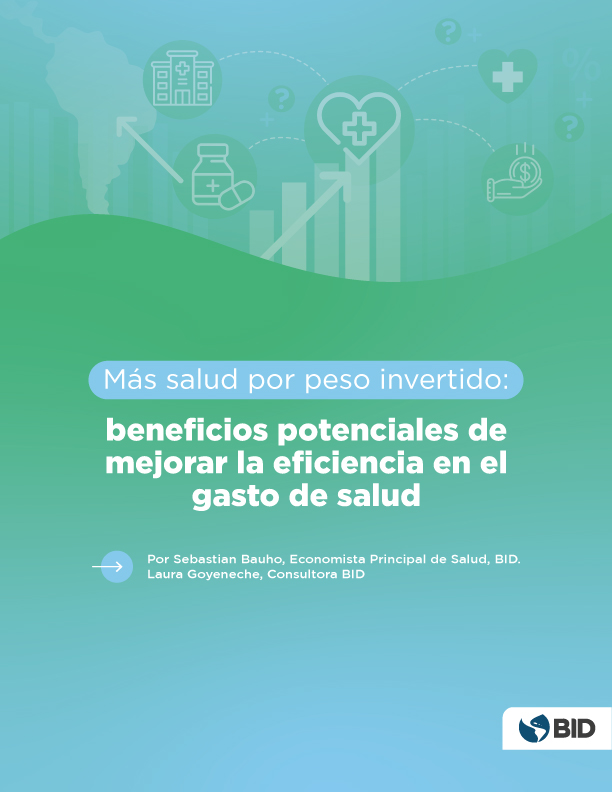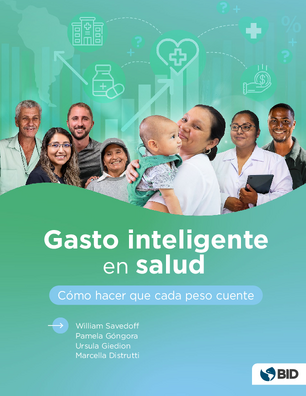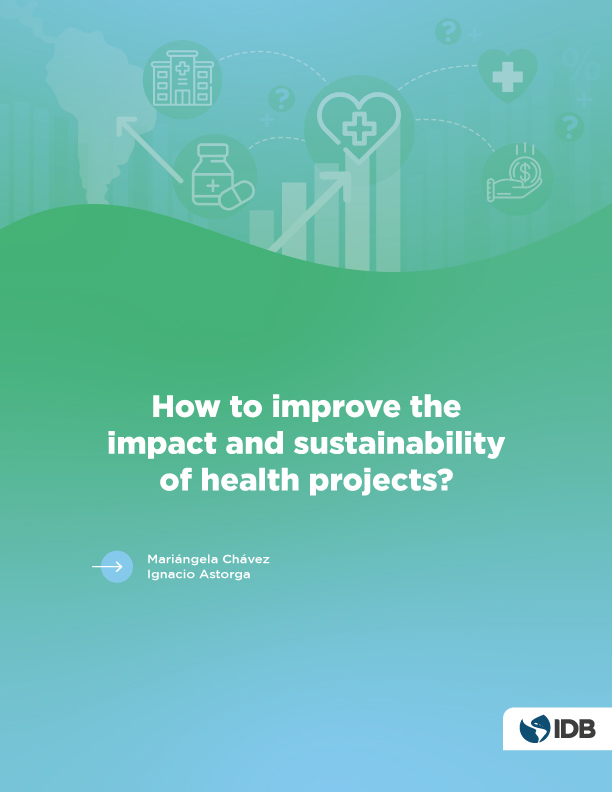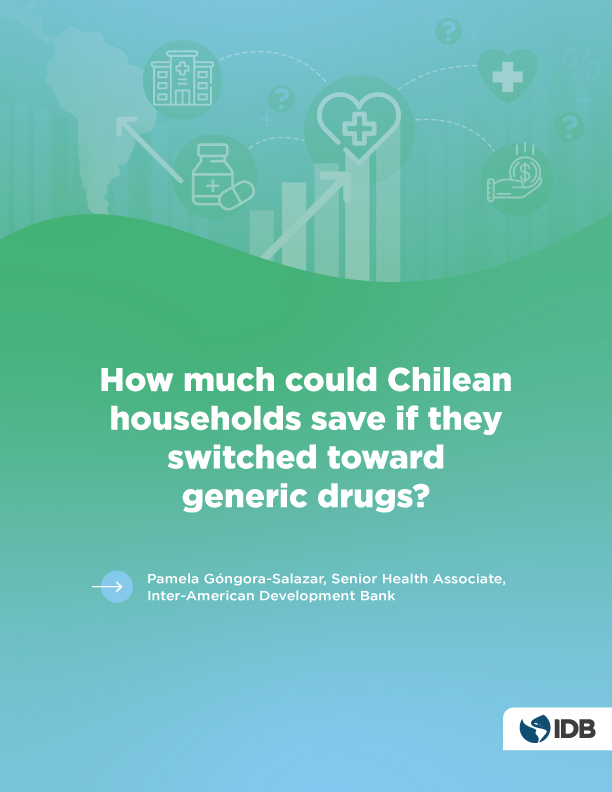Welcome to our library! Here you will find IDB publications on Health Technology Assessment (HTA), Health Benefit Plans (HBP), pharmaceutical policy, drugs and medical devices regulation, catastrophic funds, and horizon scanning, among others. We classify our publications into three categories: books, policy documents, and technical notes.
The collection presented here contains all our English publications. If you would like to access our full collection of publications, please visit the Spanish version of our website by changing the language in the upper right corner of this site.
The term health divestment is used with a wide range of meanings, although the most commonly used definition is the one proposed by Elsaugh: “divestment is the process of withdrawing (partially or completely) funding from certain practices, procedures and/or or existing technologies that are considered of low or no value in relation to their cost and, therefore, do not represent an efficient allocation of resources”2. It is important to highlight some key elements of this definition.
Honduras is a lower-middle income country with a fragmented health system and less than US$100 per capita per year to meet its health needs. Within the framework of its commitment to Universal Health Coverage (CUS), the government decided to design a Health Benefits Plan (PBS). The design of the PBS was carried out in five steps. (1) An inter-institutional team from the Honduran Ministry of Health and the Social Security Institute defined the fundamental characteristics of the PBS. (2) Taking advantage of previous work carried out in the country, the universe of potential candidates for inclusion was identified. (3) Prioritization criteria and decision rules were discussed and operationalized. (4) A bottom-up approach was used to cost the PBS, with the current low coverage and with different objectives of improving coverage levels. (5) Fiscal impact analyzes were prepared and alternative paths of expansion were discussed with the government, proposing ethical criteria on the path towards UHC. The resulting PBS includes 74 essential health interventions. Given financial constraints, a progressive expansion path was suggested, whereby marginal increases in the health budget would be allocated to PBS. The design of a PBS is a specific process for each context; it includes several steps that go beyond the implementation of health technology assessment methods and requires a lot of technical and participatory work time and substantial pragmatism to adapt the technical recommendations of the literature to the data and time constraints in the field.
